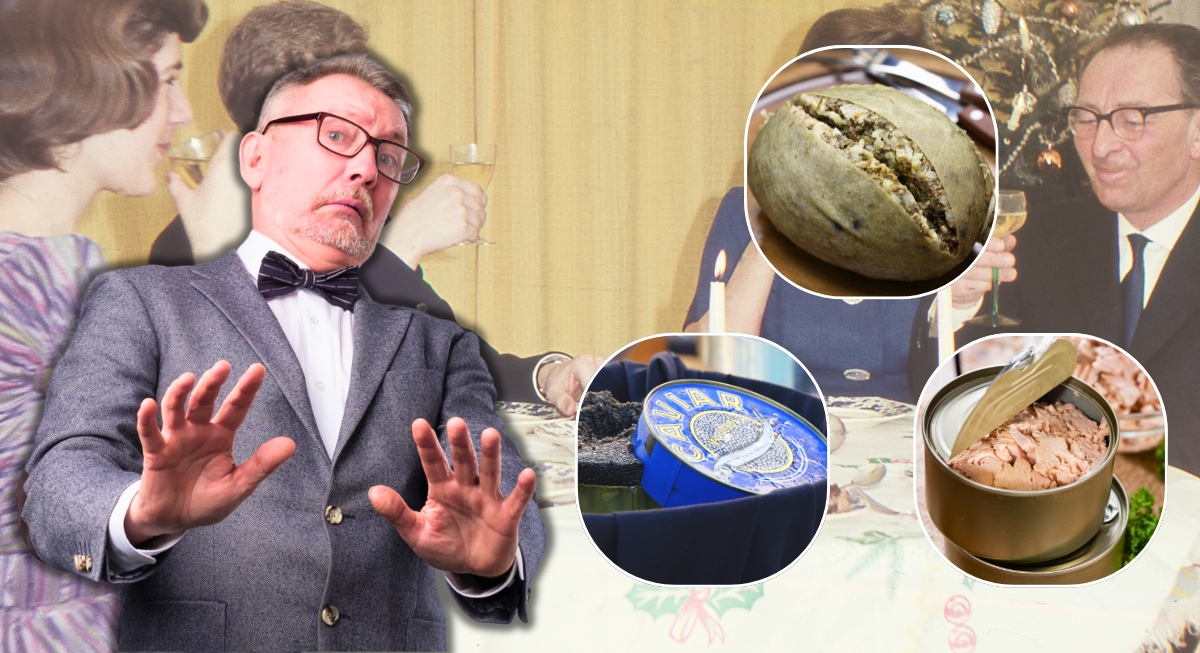The 1960s were a wild time—psychedelic music, bold fashion, and food that, in hindsight, probably should've come with a warning label. People were chowing down on meals packed with mystery ingredients that would later be banned. All of these prove that food safety has come a long way since the days of jiggly aspic and radioactive snacks.
Mercury-Laden Tuna
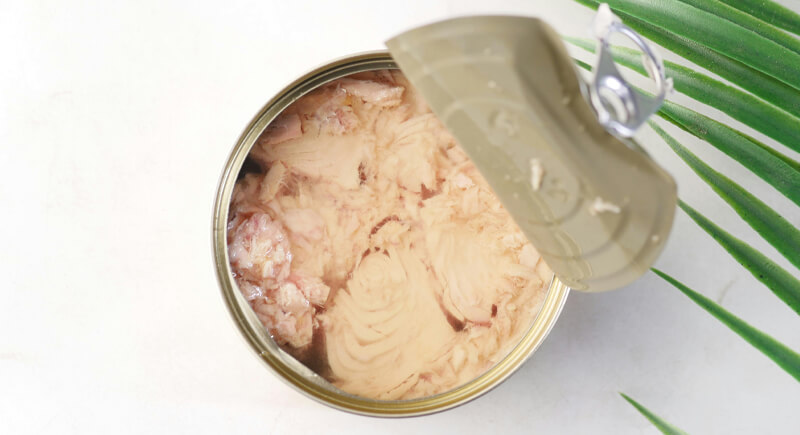
Credit: pexels
Lunchtime in the 1960s often meant one thing—tuna. It was the star of casseroles, sandwiches, and salads. No one realized that those cans, courtesy of industrial pollution, were laced with mercury. People started suffering from memory loss, nerve damage, and muscle weakness. The connection was undeniable and led to bans on mercury-laden tuna.
Beluga Caviar
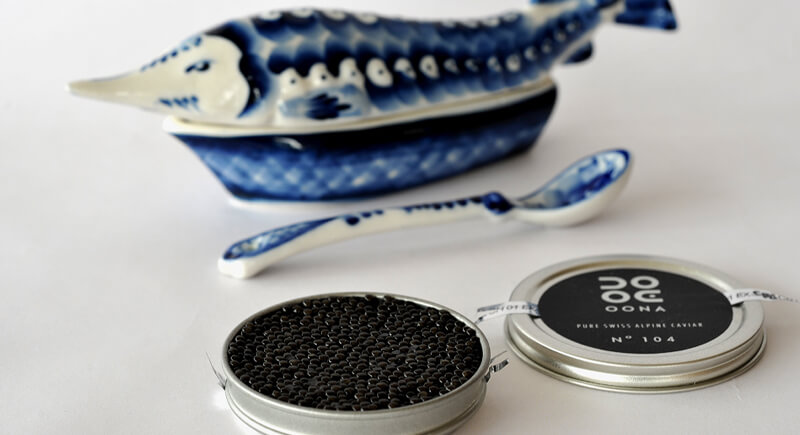
Credit: Wikimedia Commons
Beluga caviar came from massive Beluga sturgeon swimming in the Caspian and Black Seas. But as demand soared, overfishing and poaching decimated their population and pushed the species to the edge of extinction. By 2005, the U.S. stepped in and banned Beluga caviar imports under the Endangered Species Act to prevent further damage.
Ackee Fruit

Credit: flickr
Few fruits come with a warning label, but ackee earned its place on the FDA's blacklist. The danger lies in its timing—when perfectly ripe, ackee is safe and delicious. But eat it too soon, and it's packed with hypoglycin A, which can be hazardous. One nasty bite, and it's "Jamaican vomiting sickness" at its worst.
Shark Fin Soup
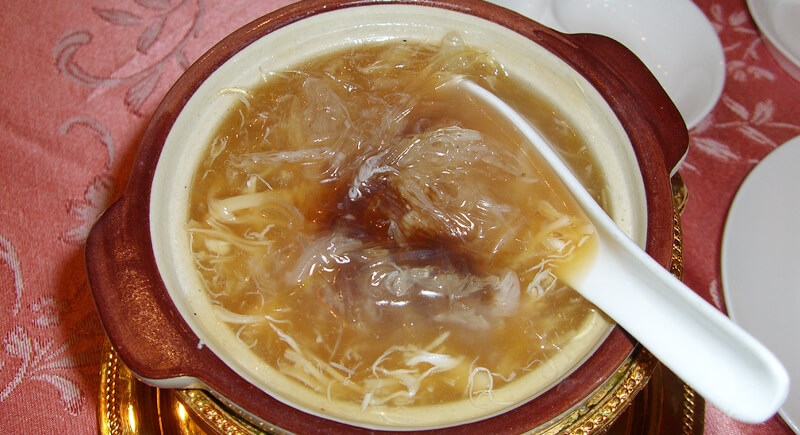
Credit: Wikimedia Commons
Once a delicacy fit for royalty, shark fin soup became a status symbol. Restaurants cashed in and served delicate strands of fin in broth to diners who had no idea of the carnage behind their luxury. Millions of sharks were hunted, their fins sliced off before being dumped back. Entire populations plummeted, which threw marine ecosystems into chaos.
Foie Gras
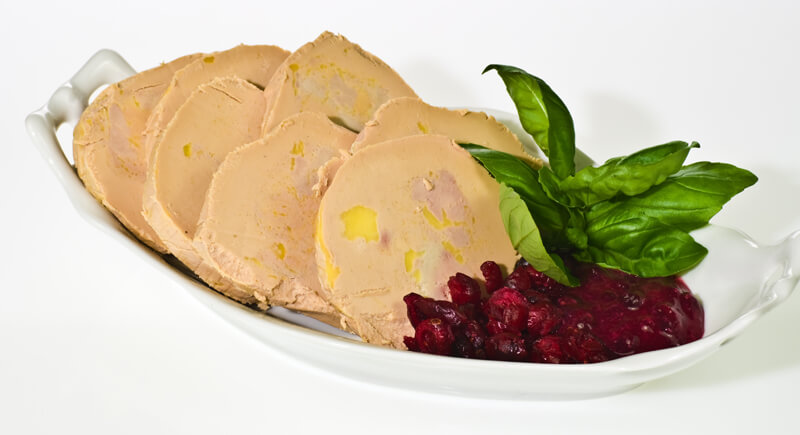
Credit: Wikimedia Commons
Foie gras used to spark heated debates before it even hit the plate. It used the fattened liver of ducks or geese as the key to its signature buttery texture, courtesy of gavage, a force-feeding process. Animal rights activists pushed back and forced states like California and New York to ban it.
Haggis
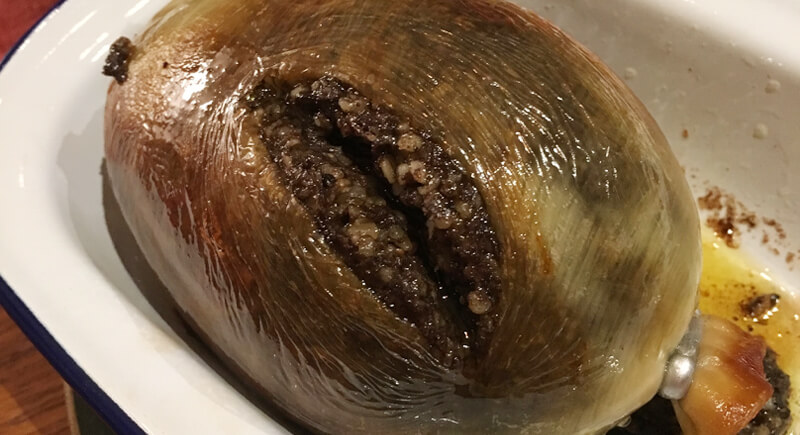
Credit: Wikimedia Commons
Scotland's most iconic dish comes with a side of tradition, poetry, and, unfortunately for Americans, a U.S. government ban. It's a hearty, peppery mix of sheep's heart, liver, and lungs, all stuffed into a stomach casing. However, since 1971, the USDA has outlawed foods containing sheep lungs, which means the real deal is off-limits in the U.S.
Safrole Oil

Credit: flickr
Before the 1970s, root beer had a little secret—its signature kick came straight from sassafra trees. Safrole oil, extracted from their roots, gave the drink its spicy, woodsy depth and made it a staple in sodas, candies, and even teas. But scientists dropped a bombshell: safrole caused liver cancer in lab animals. By 1976, the FDA banned it outright.
Casu Marzu
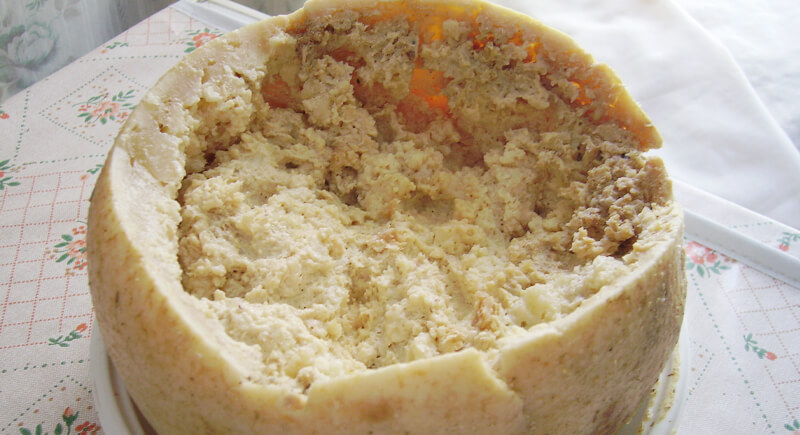
Credit: Wikimedia Commons
Casu Marzu takes cheese fermentation to a whole new level—one that literally moves. This Sardinian specialty doesn't reach perfection until it's squirming with live maggots, which break down fats into a creamy, oozing texture. Some larvae survive digestion, potentially burrowing into the intestines, and the risk of food sickness is sky-high.
Cyclamates
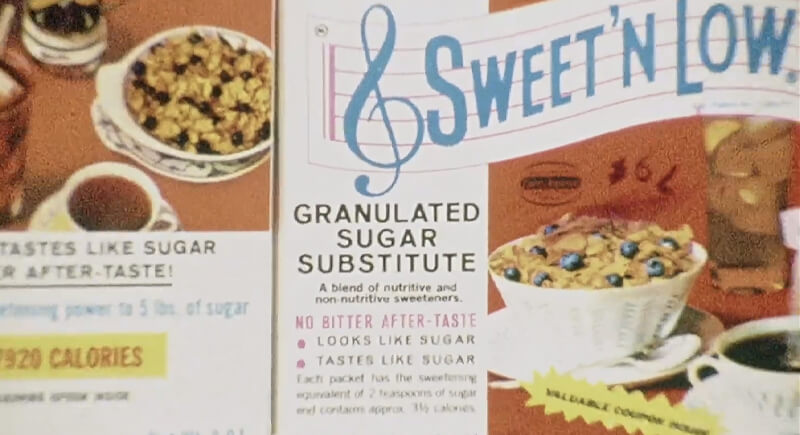
Credit: Youtube
Cyclamates were the golden child of sugar substitutes—30 times sweeter than sugar, zero calories, and none of that weird aftertaste. They popped up in everything from candy to baked goods. But in 1969, the party ended. Studies linked cyclamates to bladder cancer in lab rats, and the FDA wasted no time pulling the plug.
Margarine With Partially Hydrogenated Oils
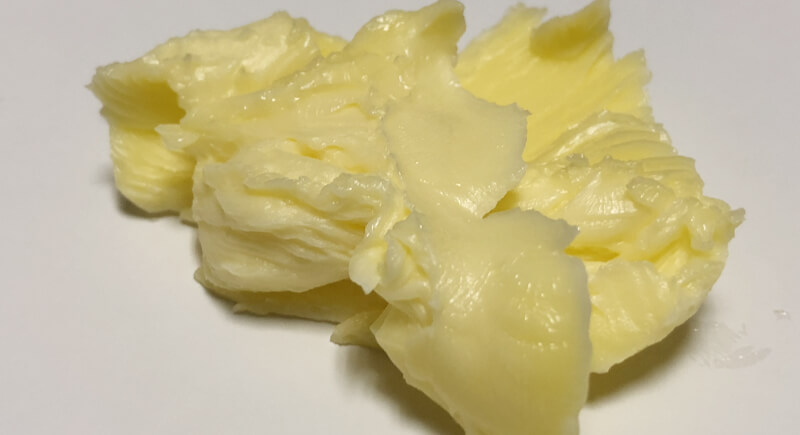
Credit: Wikimedia Commons
At one point, margarine was the most preferred product in the butter aisle. It was sold as a heart-healthy alternative that spread smoothly and made people feel like they were making a wise choice. Its secret weapon was partially hydrogenated oils, which quietly sabotaged heart health. What seemed like a guilt-free swap turned out to be a recipe for heart disease.
Red Dye No. 2

Credit: iStockphoto
Red No. 2 was the secret behind those vibrant candies, cereals, and cosmetics. This synthetic dye, better known as Amaranth, was everywhere—until the 1970s when it got caught up in a health scare. However, the FDA found tumor growth in lab rats to be related. That was enough to send Red No. 2 straight to the chopping block.

